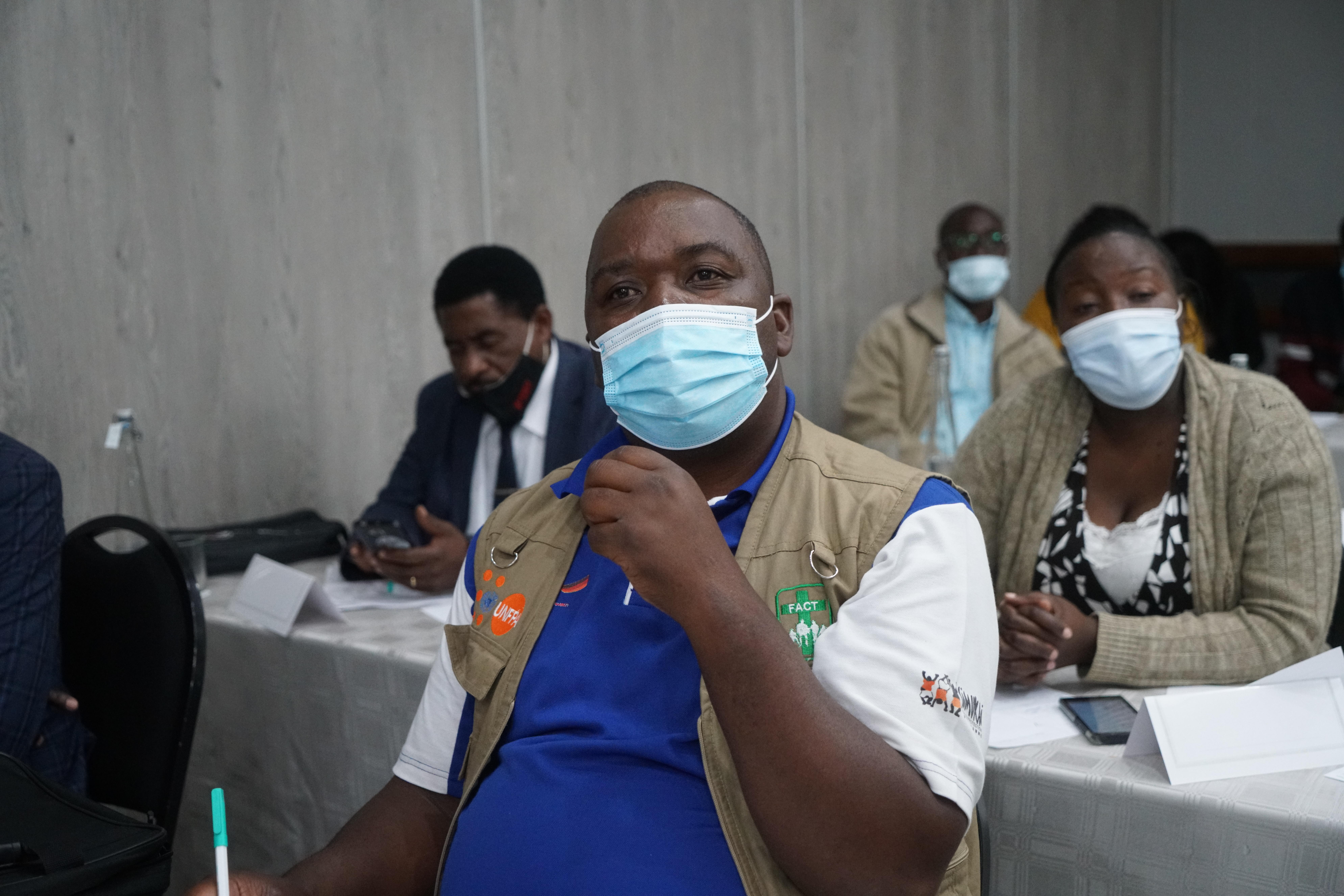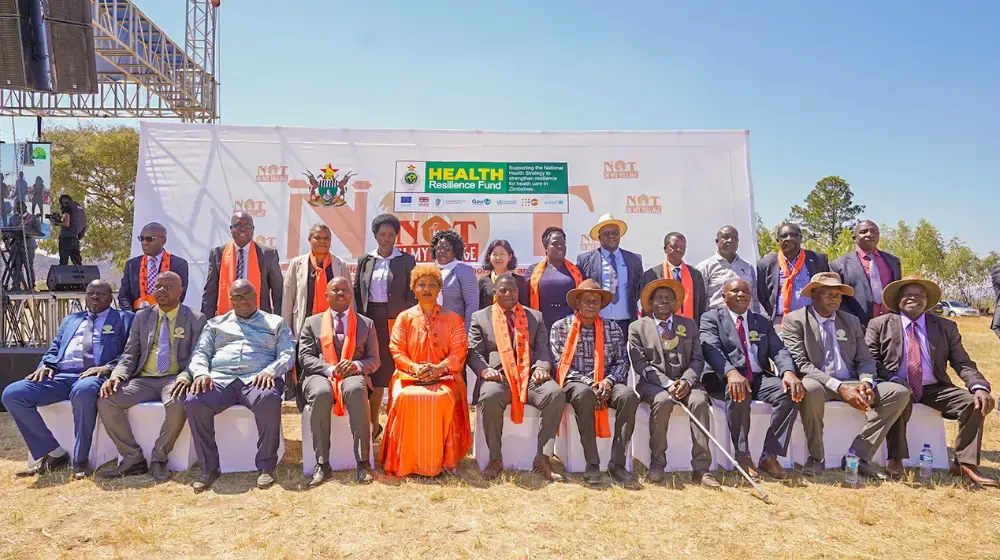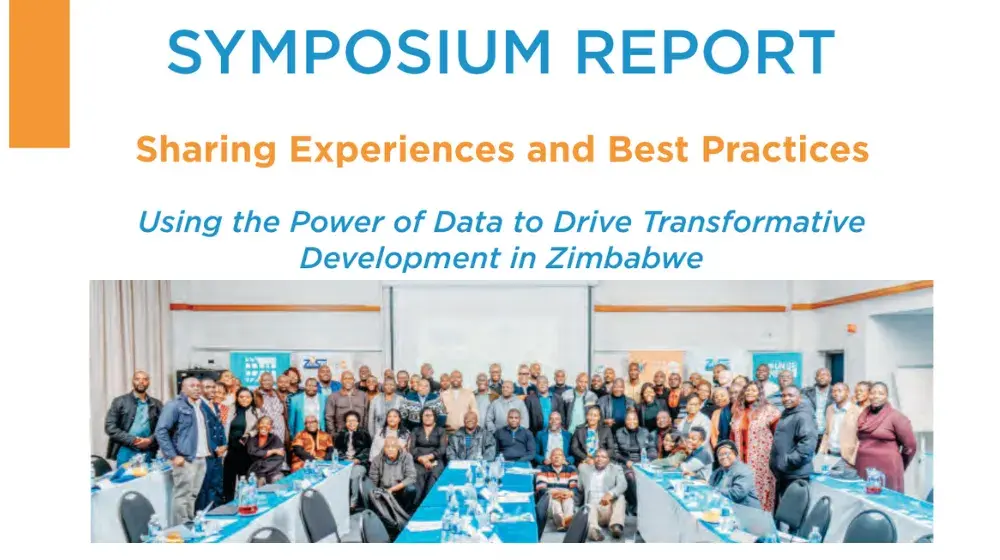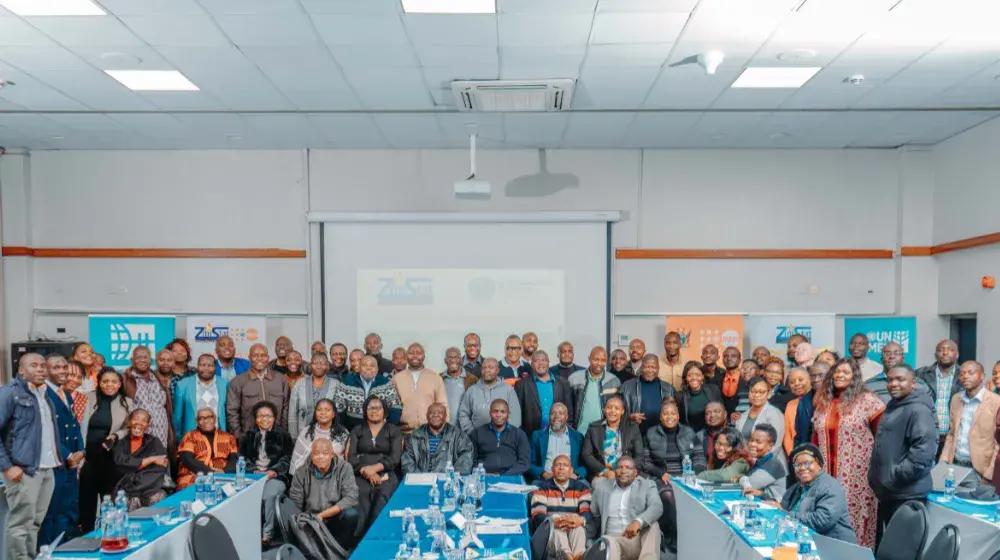The United Nations Population Fund (UNFPA) is supporting the Ministry of Women Affairs, Community and Small and Medium Enterprises Development (MoWACSMED) and the Zimbabwe National Statistics Agency (Zimstat) to establish a Gender Based Violence (GBV) Information Management System that will result in the synchronisation of data collection by GBV multi-sectoral stakeholders.
UNFPA, under the Spotlight Initiative to eliminate violence against women and girls, recently organised and facilitated a consultative and validation meeting on uniform data collection by all stakeholders involved in GBV service provision, and to enable the relevant classification of GBV types. The validation meeting in Harare was attended by 48 participants drawn from the protection, education, social, health, and judicial services sectors. These included attendees from the Ministries of Women Affairs, Community, Small and Medium Enterprises Development; Home Affairs and Cultural Heritage; Primary and Secondary Education Higher and Tertiary Education, Innovation, Science and Technology Development; Public Service, Labour and Social Welfare; Health and Child Care; Justice, Legal and Parliamentary Affairs; as well as Civic Society Organisations, religious groups among others, being represented.
A UNFPA consultant working with MoWACSMED, Admire Chiwamba, says the establishment of the Information Management System was informed by a comprehensive GBVIM systems’ assessment that was conducted in 2020, which revealed that, without an appropriate IMS framework, Zimbabwe’s efforts to have quality, accurate, and available GBV data will not sustain.
“The overall aim of this assessment was to explore most effective ways to link development of data collection instruments with the development of the GBV IMS, so that it generates data that can be of use, multi-sectoral, reduces duplicative processes, limits the amount of data that is collected and allows multiple stakeholders to interact with a common data set,” Chiwamba said.
“The main purpose of having a central database with information coming from different sectors in a uniform way is to be able to generate a true picture of GBV prevalence in the country. It is difficult to use and compare data that is collected in different ways. For comparability, data has to be collected and analysed in the same manner for it to make sense.”
Currently, the main sources of GBV data are population based censuses and surveys– the national population census, the Zimbabwe Demographic and Health Survey (ZDHS) and Multiple Indicator Cluster Survey (MICS), which give prevalence of GBV data at national population level.
UNFPA’s Programme Specialist, Piason Mlambo, speaking on the side-lines of the training workshop indicated that in addition to national censuses, there is administrative and routine data that is obtained from service providers who collect information during the discharge of their duties for management purposes – this is information that can be turned into statistics.
“The idea of this consultation and validation meeting, therefore, is to get a common understanding as well as to standardise the concept and classification of the different types of GBV across the sectors so that the data becomes shareable across the sectors and can also be analysed for decision making,” Mlambo said.
Similar validation meetings have since been held in Matebeleland South, Manicaland, Mashonaland West and Mashonaland Central.
According to the assessment report, quality data on reported violence could contribute to more informed decision making on programmes, advocacy and resource mobilization, including in development and humanitarian contexts. A situation analysis of this outcome area during the development of the Spotlight CP, identified gaps and challenges in the generation, storage, analysis, dissemination, and use of GBV survey and administrative (service-based) data. There was a noted lack of standardization or harmonization of GBV tools and methodology used and a lack of interoperability amongst systems, which erodes the ability to compare data and effectively use analyzed data, limiting dissemination and understanding of trends. There was also a noted gap in consistent and sustained reporting systems, and fragmented coordination efforts.
The new IMS framework is expected to support Zimstat to document ‘complete’ GBV data because, as Zimstat, Tinashe Mwadiwa, Gender Statistics Acting Manager says, “the national surveys that have been used in the past have focused on GBV prevalence in the 15 – 49 age group while in the proposed IMS framework, all data regardless of age group will be recorded.”
“This is an opportunity to harmonise data collection to generate comprehensive national figures which can be reported nationally, regionally and globally.”
The establishment of the GBV IMS framework is being supported under Spotlight Initiative to end Violence against women and girls, a global, multi-year partnership between the European Union (EU) and the United Nations (UN) to eliminate all forms of violence against women and girls by 2030.
The validation of the framework is the starting point for the development of data collection tools and e-tools, which will be administered by the different sectors during the GBVIMS testing and implementation phases, starting in the second half of 2021.





